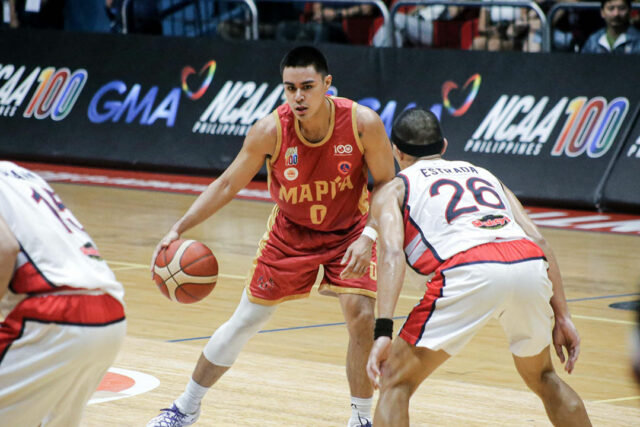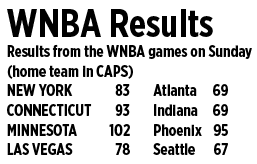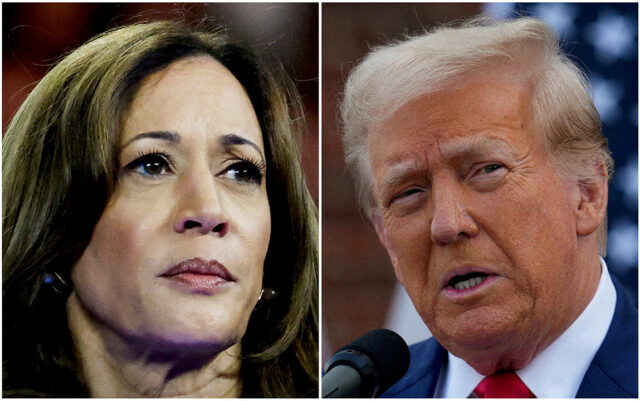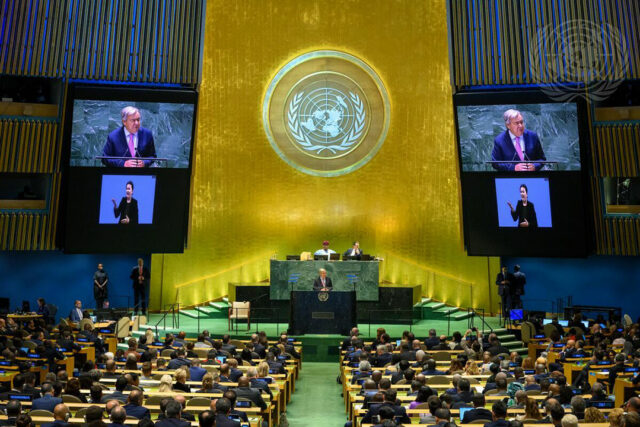According to the Organisation for Economic Cooperation and Development (OECD), the use of a cash pool is popular among multinational enterprises as a way of achieving more efficient cash management by bringing together, either physically or notionally, the balances of a number of separate bank accounts. A cash pool can generally aid in improving liquidity management, reducing reliance on external borrowing or, where there is a cash surplus, enhancing returns on any aggregated cash balance. Financing or banking transaction costs may also be reduced.
WHAT IS CASH POOLING?
The OECD guidelines define cash pooling as the pooling of cash balances as part of a short-term liquidity management arrangement, with the purpose of optimizing the overall cash position of a group of companies. Depending on the arrangements, cash pooling is generally structured into physical pooling and notional pooling.
Physical pooling involves consolidating multiple cash accounts into a cash pool or a centralized account, wherein any cash deficits and surplus are managed through fund transfers to and from the centralized master account and the sub accounts. Notional pooling, on the other hand, does not involve any physical fund transfers between accounts. Rather, it involves the consolidation of credit and debit balances of separate bank accounts into a central account for the purpose of interest calculations.
In a typical cash pooling arrangement, there is a cash pool leader and its cash pool members. The cash pool leader owns and manages the centralized master account under physical pooling, as well as the central account for interest determination under notional pooling. The cash pool members are the subsidiaries or the business units of the group of companies, which can either function as cash pool borrowers or cash pool depositors.
To illustrate, a parent company sets a central cash account, with the parent acting as the cash pool organizer or cash pool leader. In some cases, one of the subsidiaries functions as the cash pool leader, depending on the needs of the group of companies. Both the parent company and the subsidiaries can deposit or borrow funds within a specific period, wherein interest is generally charged.
WHAT ARE THE TRANSFER PRICING IMPLICATIONS OF CASH POOLING?
Cash pooling is a form of internal financing among related parties and, as such, can be subject to several potential transfer pricing challenges, particularly when it involves multiple tax jurisdictions. According to the OECD guidelines, the possible transfer pricing implications are as follows:
• Accurate delineation or characterization of cash pooling transactions
The accurate characterization of the cash pooling transactions will depend on the particular facts and circumstances of each case as well as the wider context of the conditions of the pooling arrangement as a whole. For example, a cash pool is likely to differ from a straightforward overnight deposit with a bank or similar financial institution in that a cash pool member with a credit position is not depositing money as a transaction in isolation with a view to a simple depositor return. Pool participants deposit cash to the pool (or withdraw cash from the pool), and not to (or from) a particular cash pool member.
The absence of a formal agreement does not preclude the proper determination of the actual nature of the transaction. If the transaction is not aligned with the short-term deposit of excess capital and short-term borrowing, the cash pool arrangement would possibly be treated as a term loan, a longer-term deposit, a dividend distribution, or a mixture thereof.
In a case involving a company and the tax authority of Switzerland, the company entered into a physical cash pooling arrangement for short-term financing, with the company’s sister company a the cash pool leader. Due to its nature and terms, the Court ruled that the cash pooling agreement was a mix of long-term loan and short-term cash pooling arrangements, due to the nature and terms therein. As such, the interest rates should be recomputed to represent both transactions.
Considering the complexity of cash pooling, accurately identifying the circumstances surrounding the transaction is critical in determining whether it should be treated as a cash pool or another type of transaction.
• Rewarding the cash pool leader function
The appropriate renumeration for the cash pool leader depends on the facts and circumstances, functions performed, assets used, and the risks assumed in facilitating a cash pooling arrangement.
In general, a cash pool leader performs no more than a co-ordination or agency function, with the master account being a centralized point for a series of book entries to meet the pre-determined target balances for the pool members. Given such a low level of functionality, the cash pool leader’s remuneration as a service provider will generally be similarly limited.
In the case involving a group of companies and the tax authority of Denmark, two subsidiaries of the group entered into a physical cash pooling arrangement in which the Danish subsidiary was required to deposit surplus funds in the cash pool and was allowed to borrow funds when needed, while the Swiss subsidiary was appointed cash pool leader, handling the creation of the cash pool account, accounting and maintaining documentation of the intercompany accounts, computing the monthly interest rate, and overseeing liquidity and risk management. In the year under tax audit, the Danish subsidiary was in a lender position and the Swiss subsidiary was performing routine administrative functions. The tax authority of Denmark and its Court ruled that the Danish subsidiary should earn a higher return to reflect its risk as a lender, while the Swiss subsidiary should earn a lower return to reflect its routine administrative functions.
•Rewarding the cash pool members
The remuneration of the cash pool members will be calculated through the determination of the arm’s length interest rates applicable to the debit and credit positions within the pool. This determination will allocate the synergy benefits arising from the cash pool arrangement among the pool members, and it will generally be done once the remuneration of the cash pool leader has been calculated. Eventually, the remuneration of the cash pool members will depend upon the specific facts and circumstances and the functions, assets, and risks of each of the pool members.
For instance, in the case involving a group of companies and the tax authority of Norway, two subsidiaries of the group entered into a physical cash pooling arrangement with the group’s treasury company, under which the cash pool members deposited surplus cash in multiple currencies to a third-party bank. The bank accounted the cash pool members’ deposits and withdrawals as one account per currency type and imposed different interest rates, depending on the net cash position. In the year under tax audit, both subsidiaries earned interest income under the same interest rate on deposits. The tax authority of Norway and its Court ruled that the interest rate earned by the two subsidiaries should be divided based on their respective actual contributions.
KEY CONSIDERATIONS IN AN ARM’S LENGTH CASH POOLING ARRANGEMENT
Factoring in the complexity of cash pooling and its possible transfer pricing implications, the following are key considerations in setting up an arm’s length cash pooling arrangement:
1. Analyze the characterization of the cash pooling arrangement to properly classify the transaction.
2. Map out the functions, risks, and other underlying factors of the cash pool leader and each of the cash pool members to identify the appropriate rewards.
3. Determine the appropriate transfer price (e.g., interest rate) of the cash pooling arrangement.
4. Document the cash pooling arrangement through a financing policy, cash pooling agreement, transfer pricing documentation, and other supporting documentation, to provide sufficient evidence during tax controversies.
Let’s Talk TP is an offshoot of Let’s Talk Tax, a weekly newspaper column of P&A Grant Thornton that aims to keep the public informed of various developments in taxation. This article is not intended to be a substitute for competent professional advice.
Sheena Marie Daño is a director of the Tax Advisory & Compliance Practice Area at the Davao office of P&A Grant Thornton. P&A Grant Thornton is one of the leading audits, tax, advisory, and outsourcing firms in the Philippines, with 29 Partners and more than 1000 staff members.
pagrantthornton@ph.gt.com
www.grantthornton.com.ph













